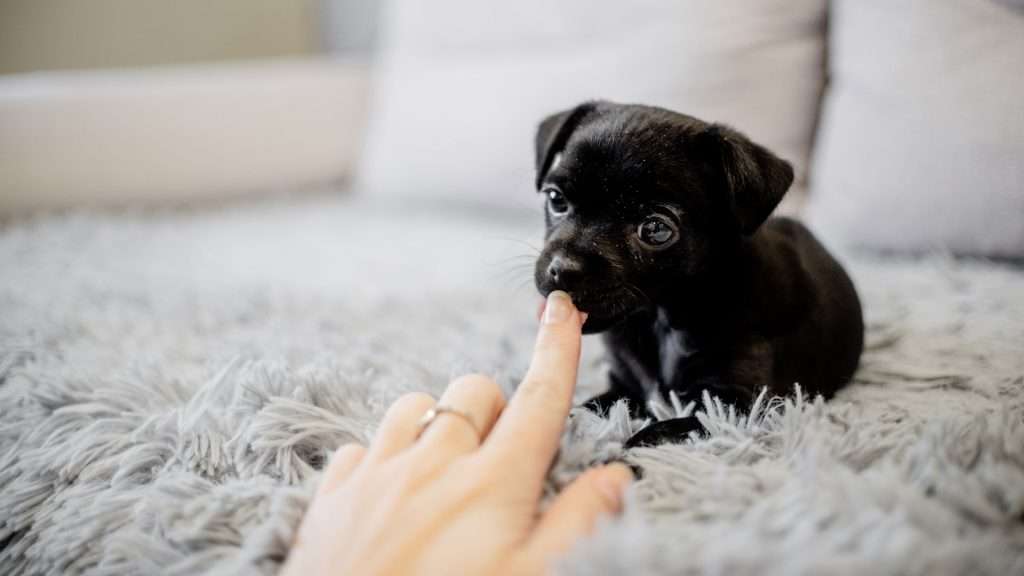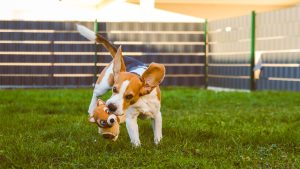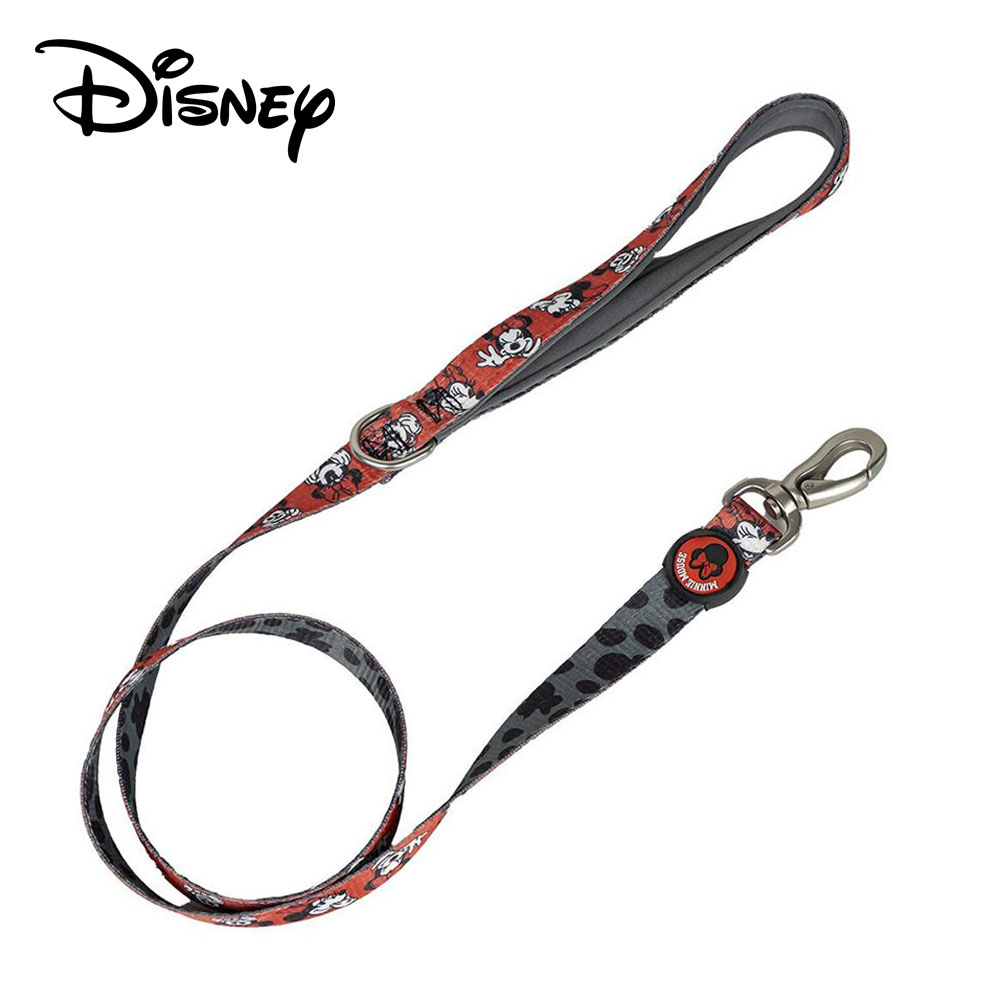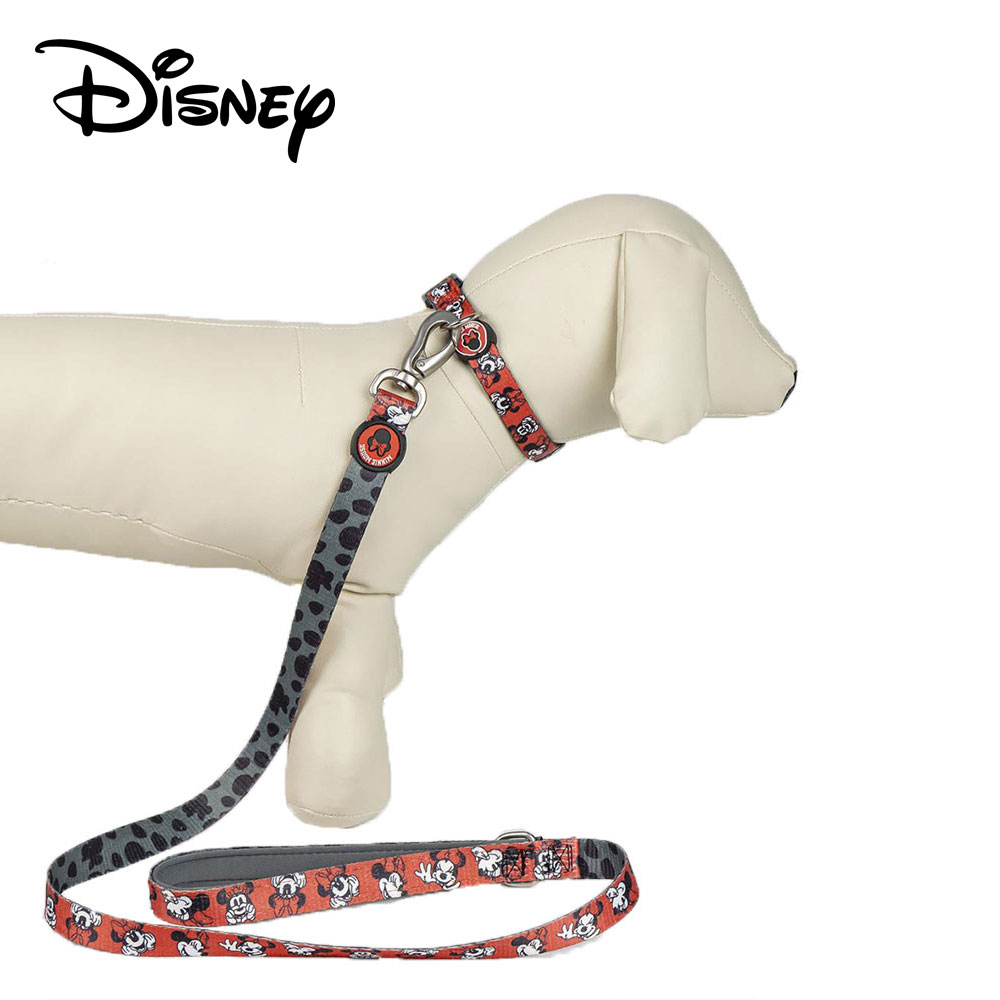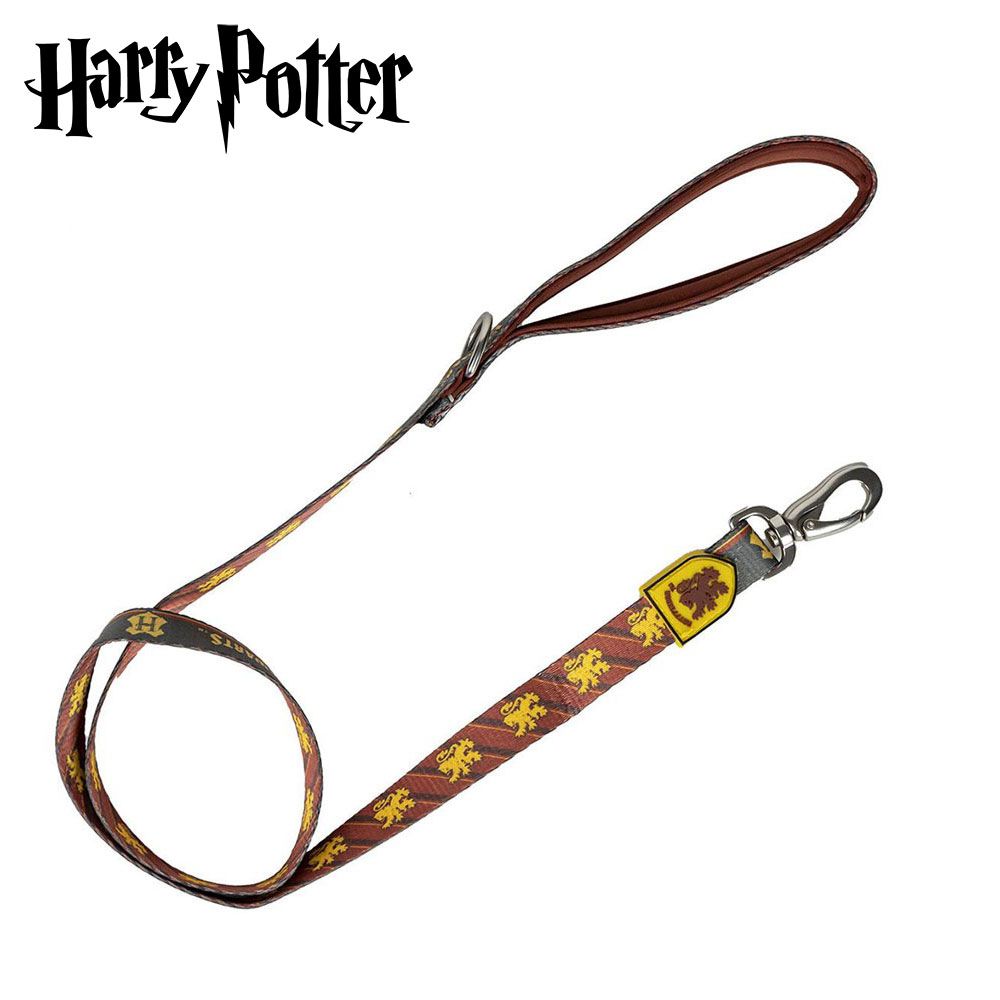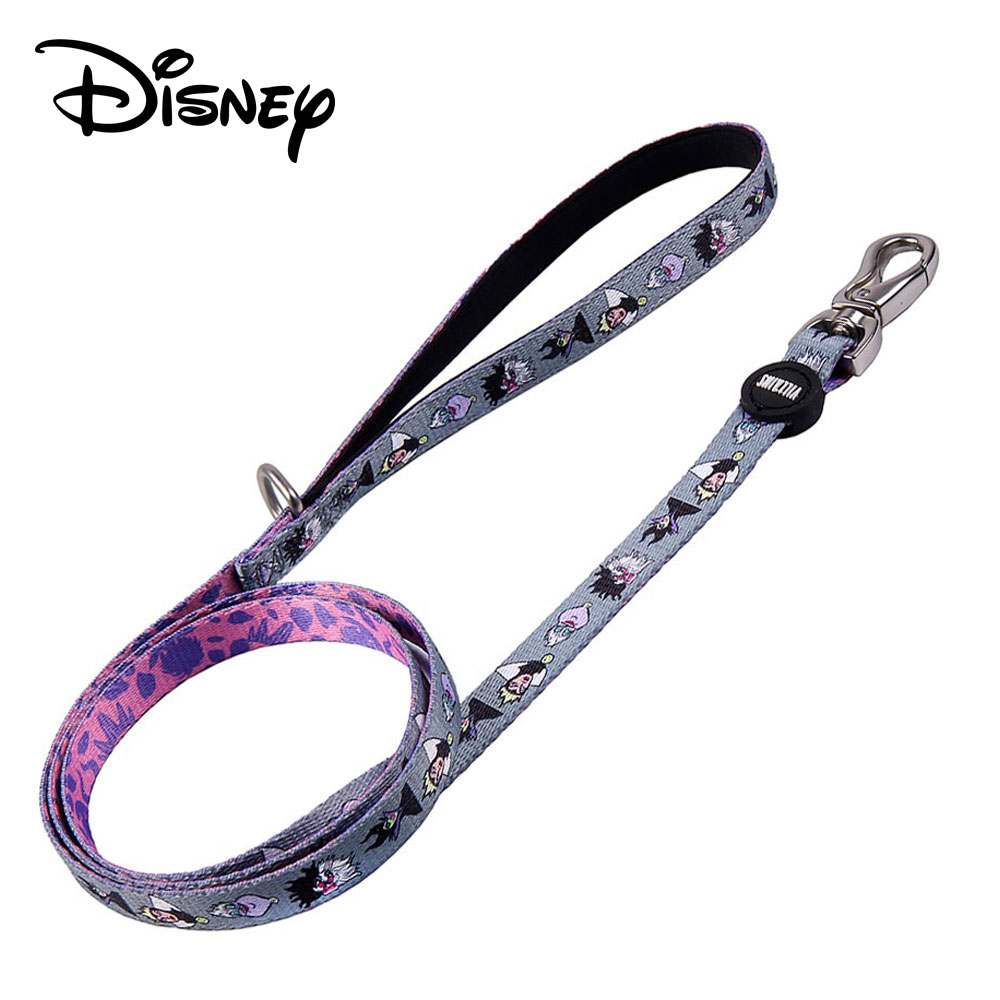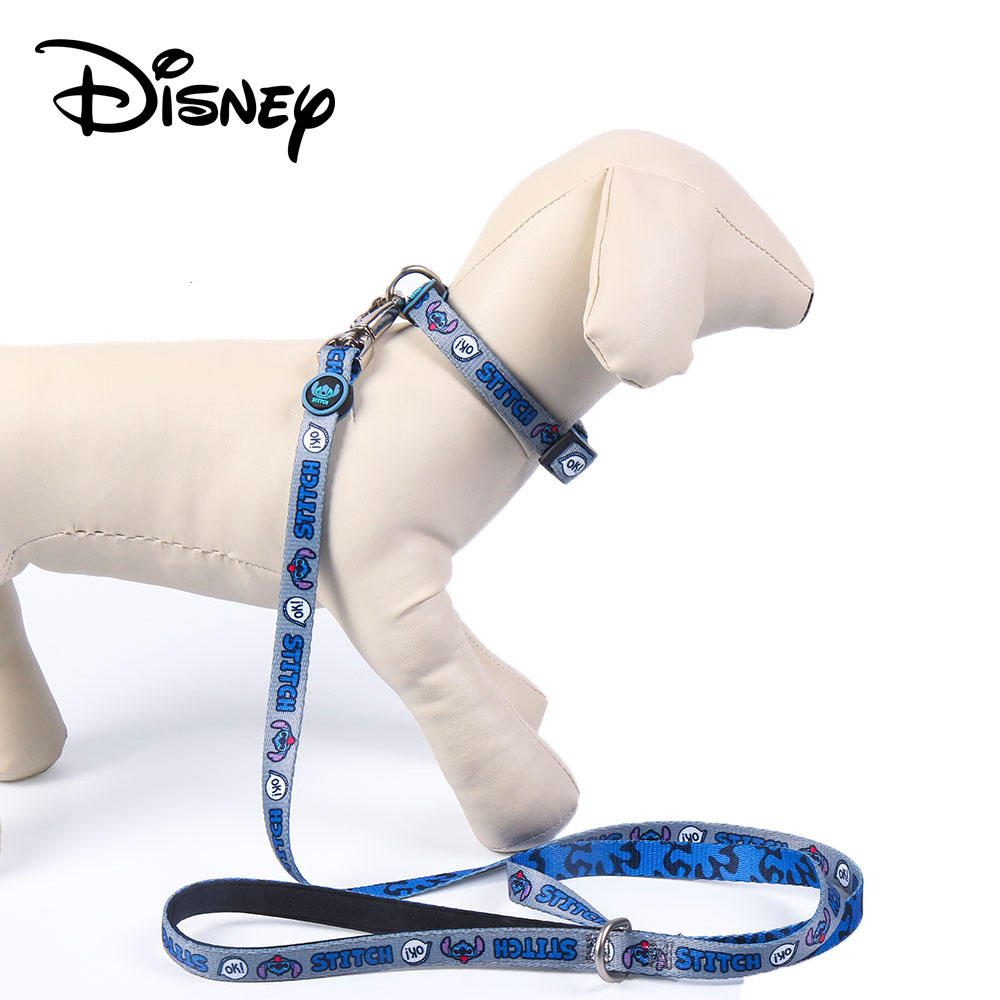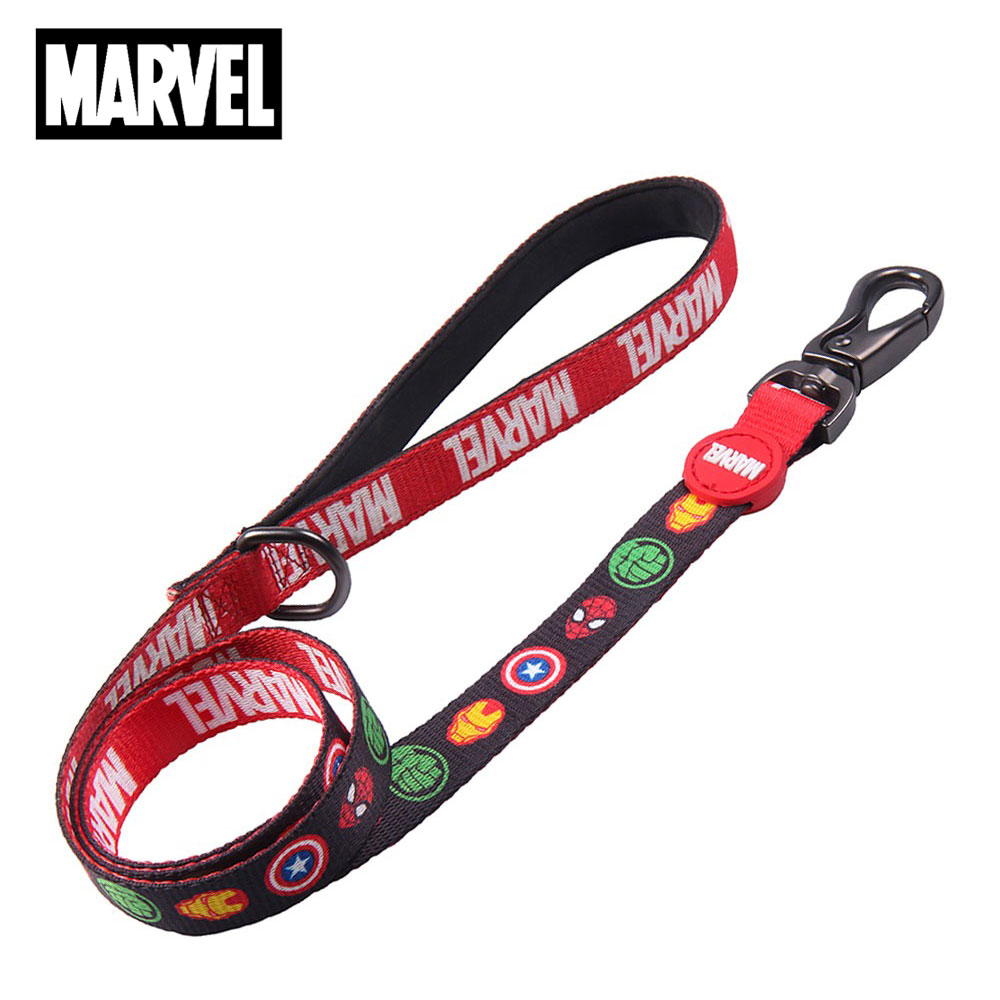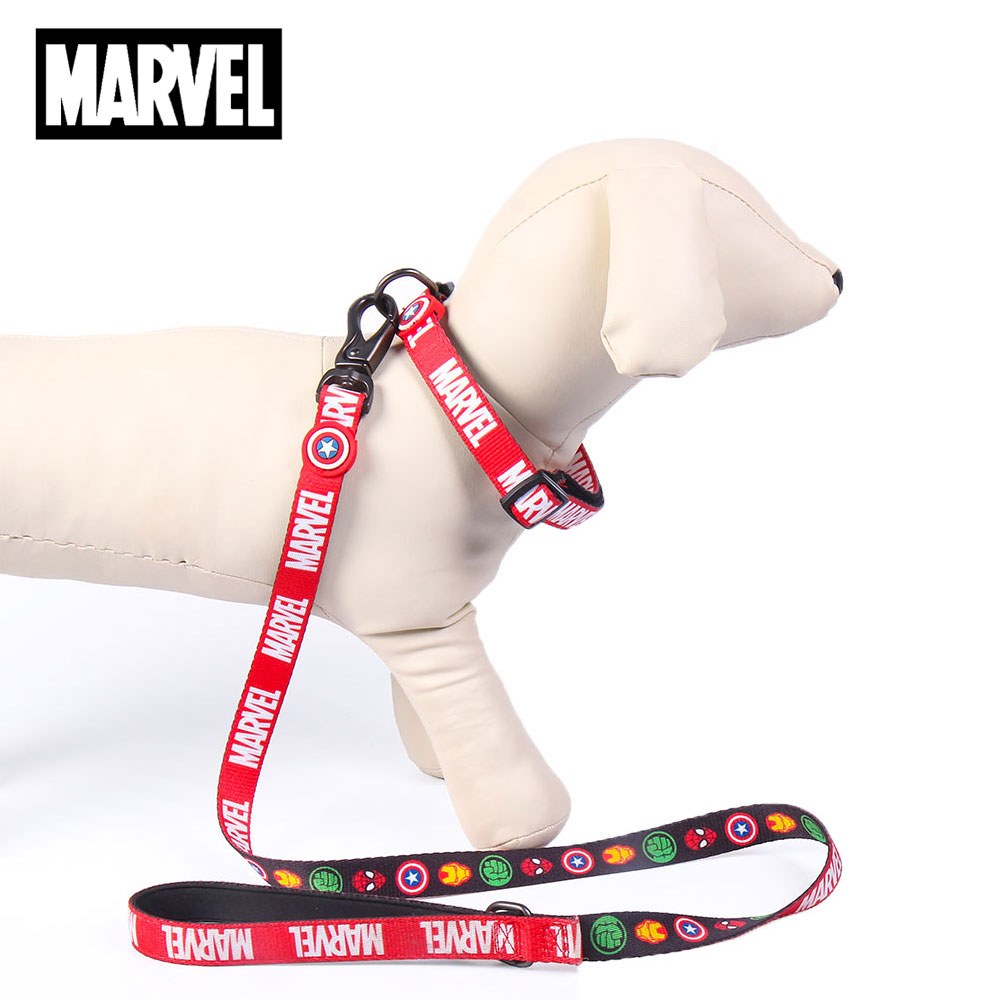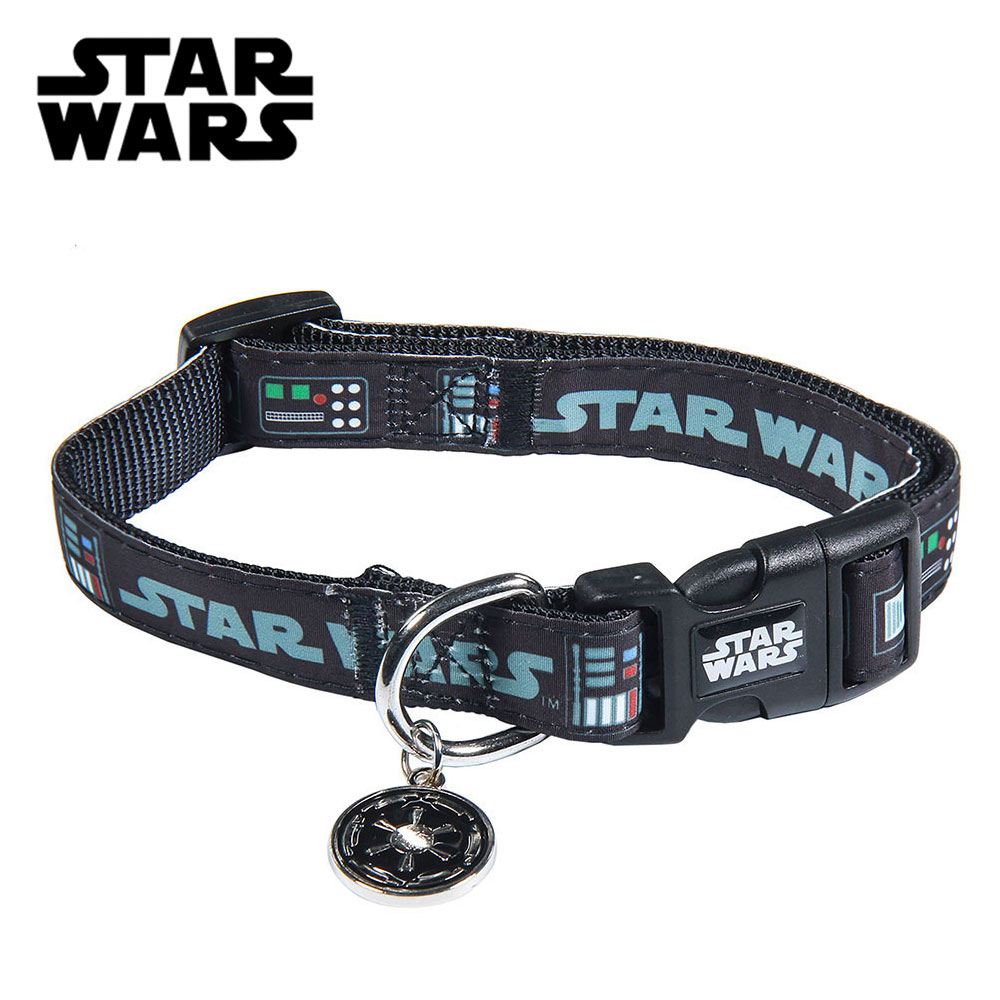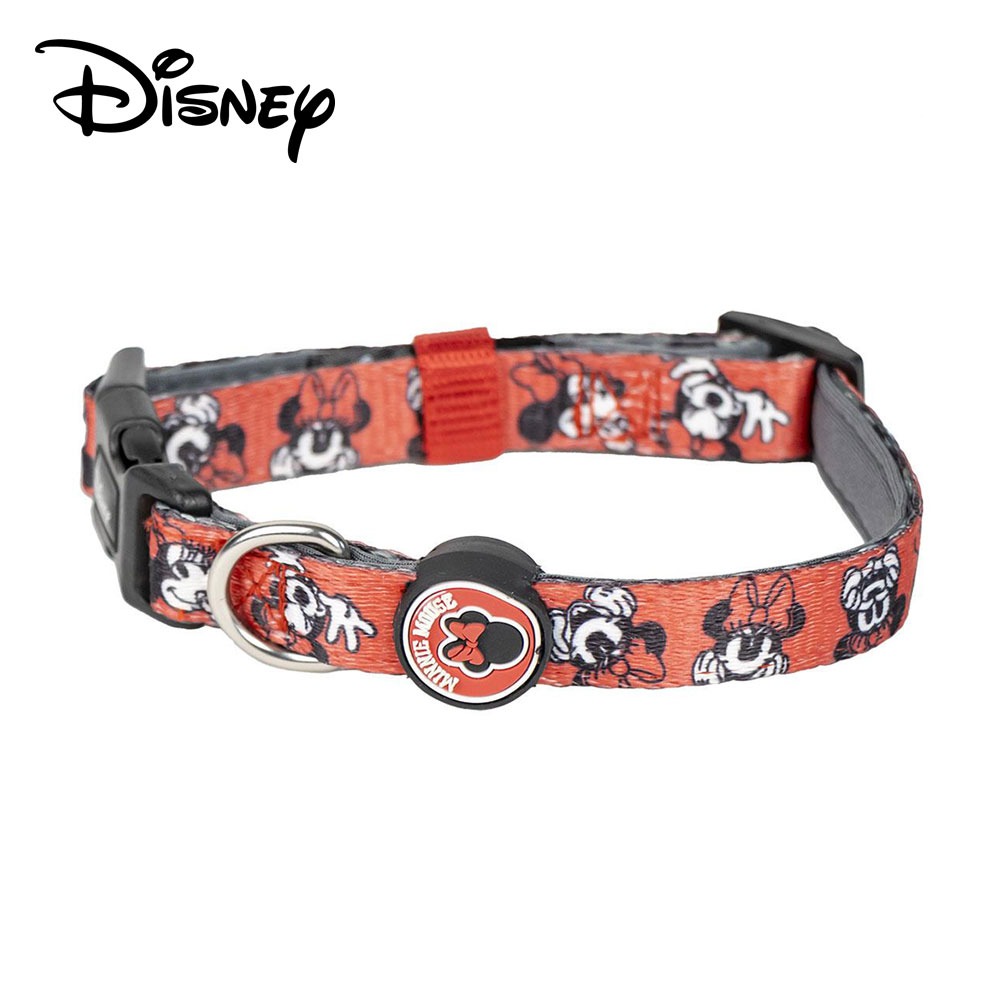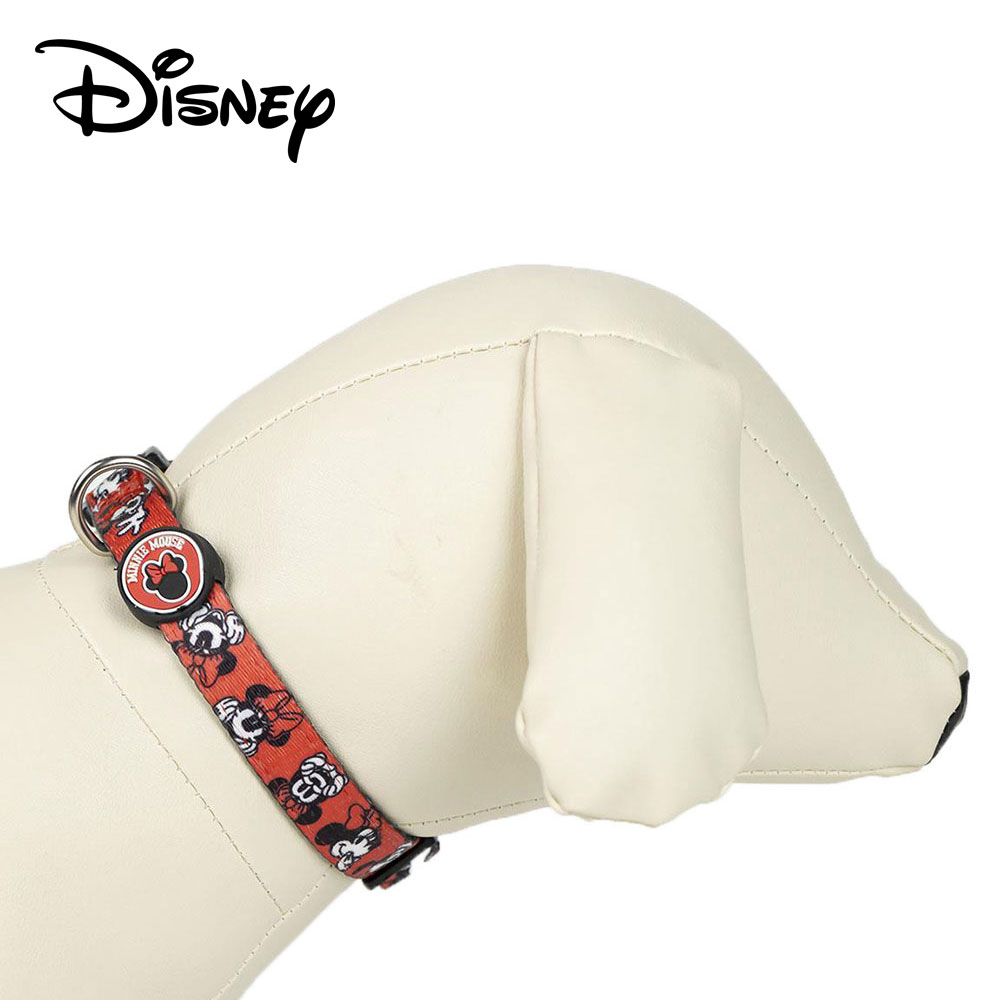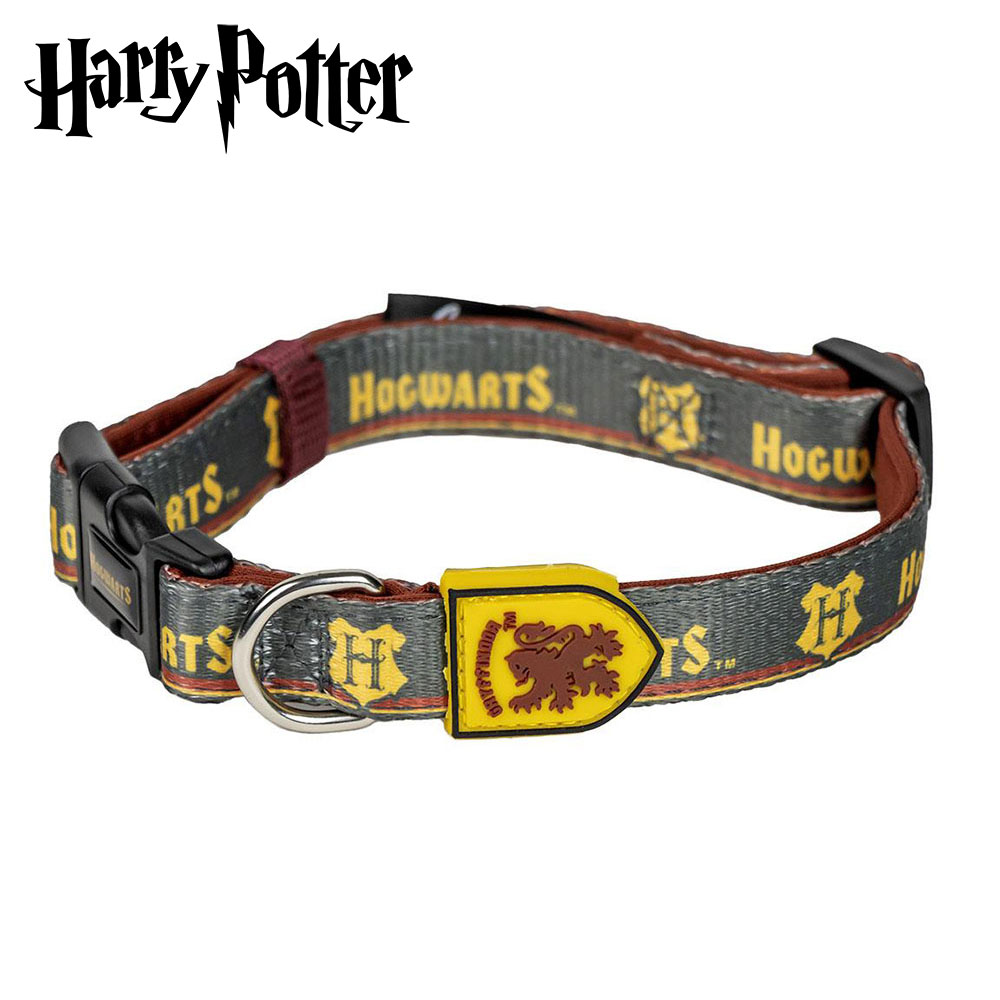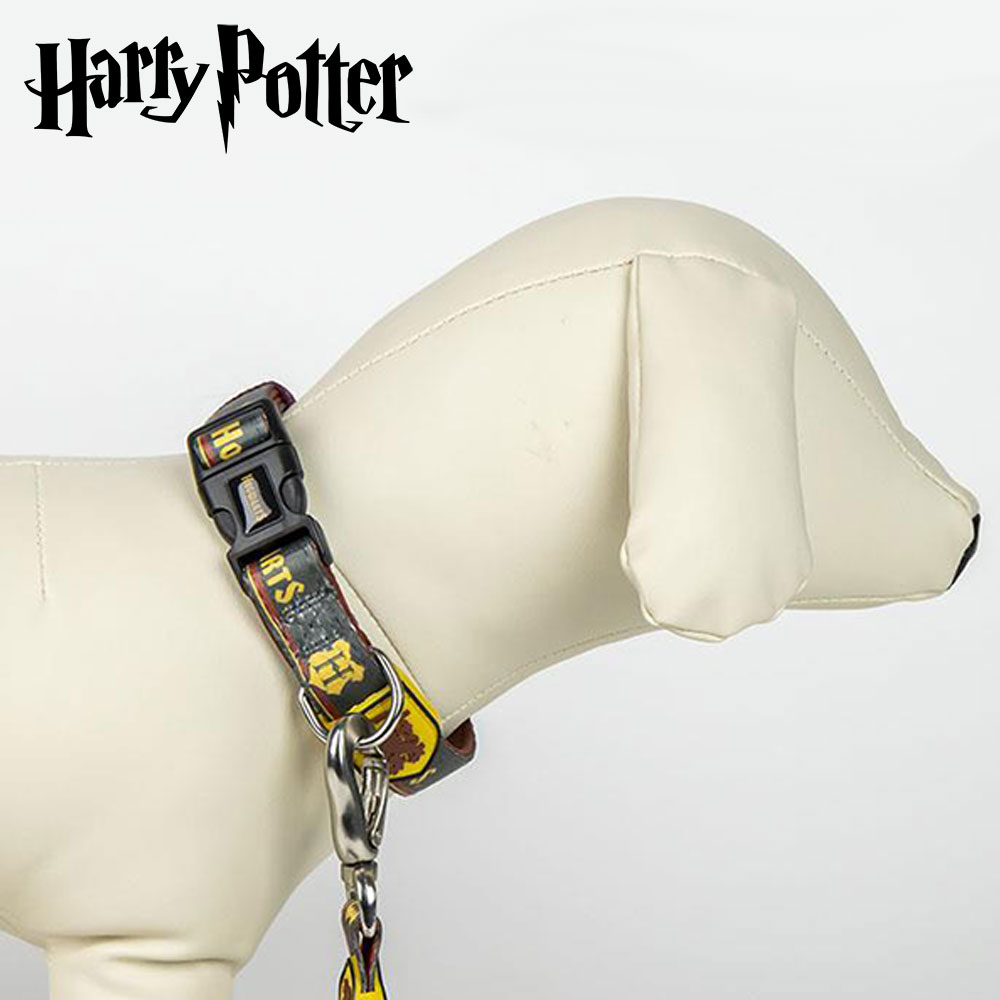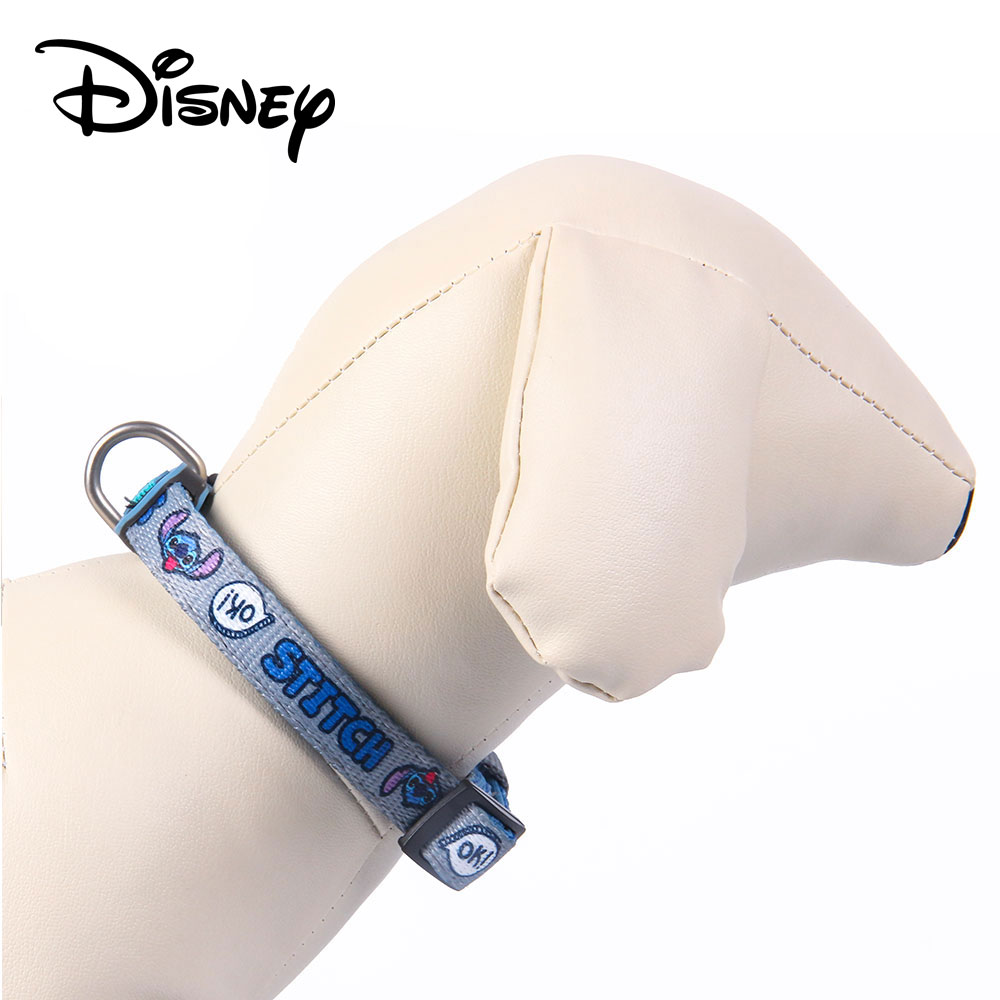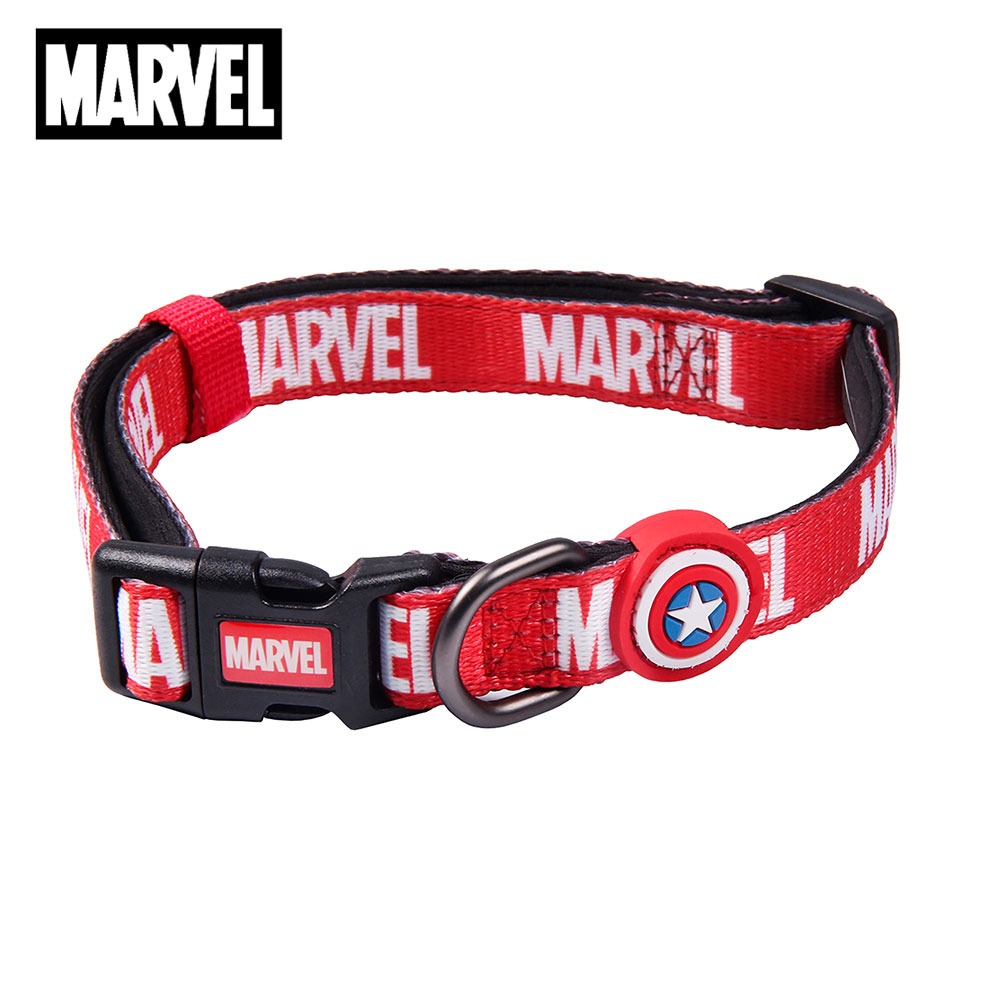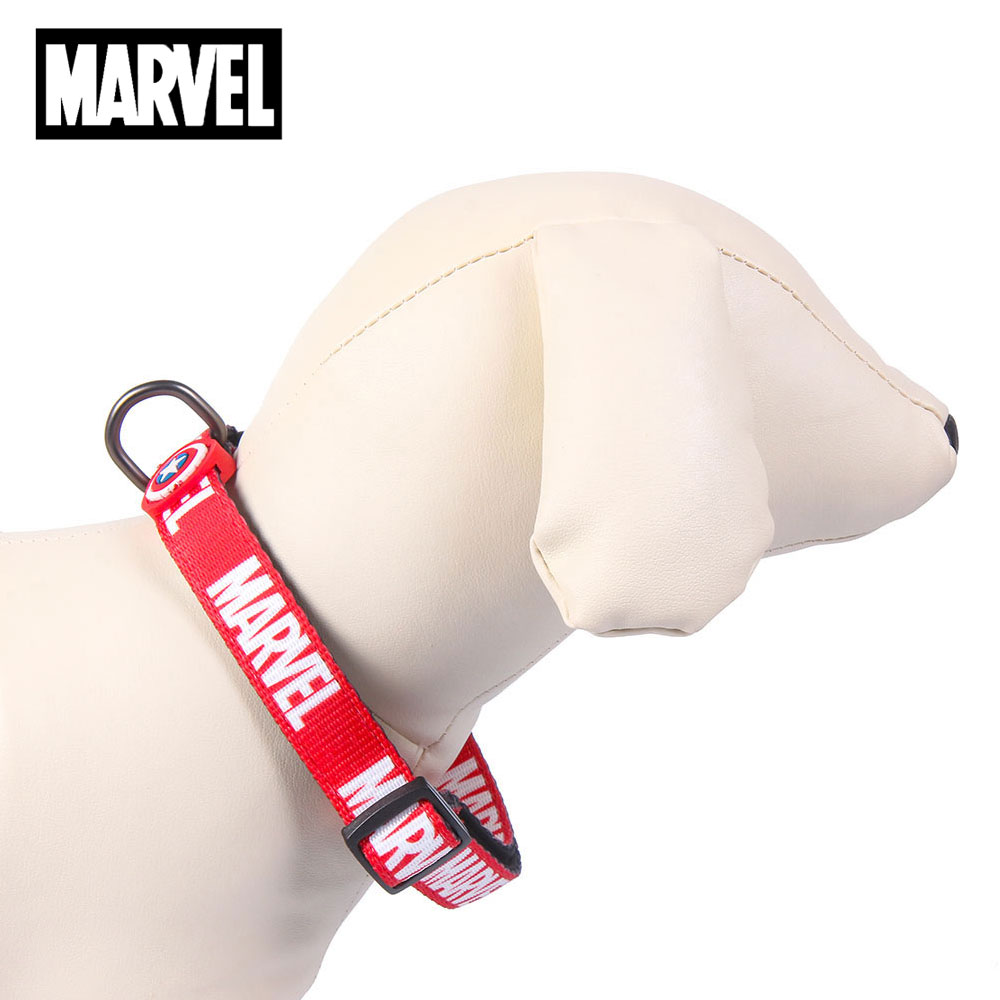Welcoming a puppy into your home is an exciting and memorable moment. There is a mix of joy, anticipation, and a touch of nervous energy as you get ready for their arrival.
For new dog owners, the process can seem a little daunting at first, especially when it feels like there is so much to organise.
This guide will help you prepare by covering the essentials of getting your home ready, setting up a smooth routine, and making sure your puppy settles in comfortably during their first week.
 Getting Off to the Best Start
Getting Off to the Best Start

A calm and properly prepared beginning makes a huge difference when bringing a puppy home.
Taking the time to plan ahead and have everything ready before they arrive helps create a smooth and happy transition for both you and your new companion. Preparation also keeps stress low, so you can focus on what really matters, bonding, settling them in, and helping them feel safe from the very first day.
At Bark Boutique, we know how important those early days are. Our team understands the excitement and challenges that come with welcoming a puppy and are here to make it easier, offering practical advice and carefully chosen essentials to help you and your new arrival start strong.
 Preparing for the Journey Home
Preparing for the Journey Home
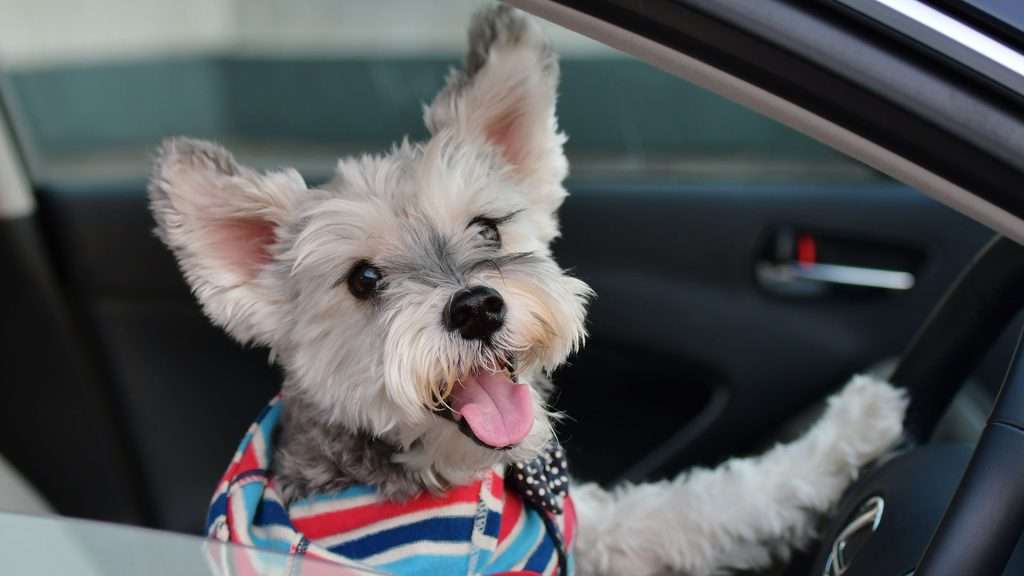
Many new puppy owners forget to plan for the journey itself. Even a short car ride can feel strange for a young pup, new smells, sounds, and sensations all at once.
Having the right travel essentials makes a big difference. A calm, secure trip sets the tone for their arrival and helps them settle more easily once you’re home.
Travel Carrier or Crate
A secure, well ventilated crate or carrier helps your puppy feel safe and prevents them from sliding around during the drive. The right size matters, they should be able to stand, turn around, and lie down comfortably.
If your puppy can see you during the ride, it often helps them relax more quickly.
Soft Blanket or Bedding
Comfort is key for your puppy’s first journey away from their litter. A blanket that smells familiar can be incredibly soothing.
Wrap them in something that carries their mother’s scent, it acts like a comfort anchor during the ride. It’s also a good idea to pack a spare blanket or a few puppy pads, just in case of little accidents.
Water and Travel Bowl
Travel can make puppies thirsty, especially on longer trips. Keep a collapsible bowl and a bottle of fresh water in the car.


A relaxed, hydrated puppy is a happy traveller.
Puppy Pads or Towels
Even the calmest puppy might have a small accident, it’s all part of the adventure. Keep a few puppy pads or absorbent towels close by to protect your seats and make clean up simple.
Quick tip:
A little preparation here saves stress later and keeps the ride peaceful for both of you.
 Getting Your Home Puppy Ready
Getting Your Home Puppy Ready

Before your new puppy sets a paw through the door, it helps to make sure your home is ready for them. Preparation goes a long way in keeping things calm, organised, and safe during those first few weeks.
From protecting your furniture to setting up a cosy space where they can rest and play, a bit of planning now will save a lot of stress later. Creating the right environment also helps your puppy settle more easily and builds their confidence as they adjust to their new surroundings
Puppy Proofing Your Space
Keep Hazards Out of Reach – Puppies are naturally curious and will explore with their mouths, so move anything dangerous well out of the way. Store cleaning products, medicines, and fragile items in cupboards that close securely.
Secure Wires and Cables – Loose cords are irresistible to a playful puppy. Use cable covers or clips to tidy them up and keep them safe from chewing.
Block Unsafe Areas – Before your puppy has full run of the house, block off stairs, balconies, or rooms that are not puppy safe. Dog gates or puppy pens are perfect for giving them freedom to explore without getting into trouble.
Creating a Puppy Zone
A Safe Place to Rest – A crate offers comfort and security, acting as your puppy’s personal den. Place it in a quiet corner away from draughts and heavy foot traffic so they can relax undisturbed.
A Designated Play and Feeding Area – Choose a spot with easy to clean flooring for mealtimes, such as the kitchen. Keep their food and water bowls in one place so they quickly learn where to eat and drink. It is best to position feeding areas away from their sleeping spot to keep things hygienic and routine clear.
Comfort and Essentials
The Right Crate and Bedding – Your puppy will spend plenty of time resting, so comfort is key.
Toys and Entertainment – A variety of Dog Toys keeps your puppy happy and helps prevent unwanted chewing. Try a mix of Teething Toys to soothe teething gums and puzzle toys or Lick Mats to challenge their mind and keep them entertained. Rotate toys every few days keeps things fresh and exciting.
Walking Gear – Before your puppy arrives, make sure you have the basics ready, a comfortable Dog Collar, Harness and a durable Dog Lead.
Puppy Proofing the Garden
The garden is your puppy’s playground, but it can also hold surprises. A quick inspection before letting them roam helps keep them safe.
Things to check:




Adding a shaded spot, non slip path, and a water bowl outside makes your garden both fun and safe.
Quick idea: A small puppy pen in the garden gives freedom to explore while you keep a watchful eye nearby.
 Settling Your Puppy Into Their New Home
Settling Your Puppy Into Their New Home

The day you bring your puppy home is unforgettable. It marks the start of an incredible bond, but it is also a big day of change for your new companion.
They will be leaving behind their mother, littermates, and familiar smells, stepping into a brand new environment filled with different sounds and experiences. A calm approach, gentle reassurance, and consistency will help them feel safe and begin to trust you from the very start.
Helping Your Puppy Adjust
Let Them Explore Gradually – When your puppy first arrives, keep things quiet and calm. Allow them to wander around at their own pace and get used to new scents and spaces. Try to avoid loud noises or too many visitors during the first couple of days so they can settle without becoming overwhelmed.
Establish Early Boundaries – It might feel too soon to set rules, but consistency now will make life much easier later. If there are rooms or furniture that are off limits, use gentle redirection and praise to guide them. Puppies learn best through repetition and patience, not scolding.
Observe and Reassure – Each puppy adjusts differently. Some may be confident and curious straight away, while others may seem shy, tired, or anxious. Soft words, calm strokes, and plenty of rest help them feel secure. Keep their crate or bed nearby so they can see and hear you, it provides comfort and reduces separation stress.
Creating a Puppy Routine
A predictable routine gives your puppy structure and helps them feel settled. It also makes training and toilet habits much easier to establish.
Sleeping Schedule
Young puppies sleep for most of the day, often between 18 to 20 hours a day. Encourage naps in a quiet, comfortable area such as their crate or designated bed. Consistent rest prevents overtiredness, which often leads to nipping or restless behaviour.
Feeding Schedule
Feed your puppy three to four times per day depending on their age and breed. Stick to the same brand of high quality puppy food at first to avoid upset stomachs.
If you plan to change their food later, do so gradually over several days. It is worth asking your breeder or rescue what brand they have been feeding to make the transition smoother.
Toilet Training
Toilet training requires patience and consistency.
- Take your puppy to the same outdoor spot each time so they learn to associate that area with going to the toilet.
- Offer praise immediately after they go to reinforce the behaviour.
- Expect accidents, they are part of the process. Stay calm and never punish mistakes, simply clean up and try again.
- Take them out after naps, playtime, meals, or whenever they start circling or sniffing.
Exercise and Play
Short bursts of play are best for young puppies. Use a mixture of Dog Toys for gentle games and chew toys to ease teething discomfort. Keep play sessions brief and positive, finishing while they are still happy and engaged.
Once they have completed their vaccinations, introduce short walks to help them explore safely and burn off energy.
Early Training and Crate Confidence
You can begin simple commands such as ‘sit’, ‘stay’, and ‘come’ within the first few days. Keep sessions short and fun, using treats and praise to reward good behaviour.
Crate Training for Security and Routine
- A crate can become one of your puppy’s favourite places if introduced gently. It offers a safe, familiar spot to rest and is an excellent aid for toilet training and short periods alone.
- Start by leaving the crate door open and placing treats or toys inside to encourage curiosity.
- Keep initial sessions short and positive, gradually increasing time as your puppy relaxes inside.
- Never use the crate as punishment, it should always feel safe.
Once your puppy is comfortable, the crate can also help reduce separation anxiety and make travelling much easier.
Choosing the Right Puppy Bed and Where to Place It
Puppies spend a lot of time sleeping, so a comfortable bed is more than just a nice extra, it’s where they recharge and feel secure.
When choosing, think beyond looks. The right bed depends on your puppy’s size, breed, and habits:
- Soft filling supports joints and growing bones.
- Washable covers keep things fresh and clean.
- Raised edges help them feel protected.
Placement matters just as much. Keep the bed in a warm, quiet corner, not in a busy walkway. For the first few nights, having it near your own room can ease separation worry and help your puppy settle faster.
🐕 Overcoming Common First Week Challenges
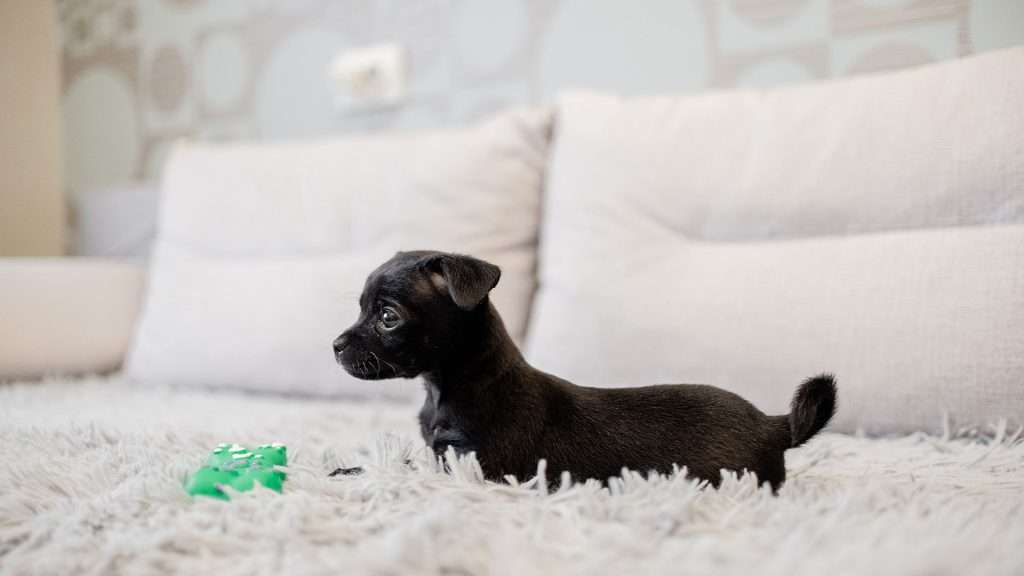
Every puppy has a few ups and downs in their first days at home. Knowing what’s normal, and how to handle it makes the transition smoother for both of you.
Night Time Whining
It’s completely normal for puppies to cry during their first few nights away from their litter. They’re adjusting to a new space and missing the warmth and scent of their mother and siblings.
To help them settle:
- Give them a soft blanket or comfort toy that smells familiar.
- Try something that mimics a heartbeat, it helps them feel less alone.
- Keep their sleeping area warm and close enough to hear your voice.
Nibbling and Chewing
Chewing is part of teething, play, and exploration. It’s completely natural, your job is to guide it in the right direction.
Keep things under control:
- Offer safe chew toys before they find your shoes.
- Redirect gently when they bite hands or furniture.
- Praise them for chewing the right things.
Short Attention Spans
Puppies are learning machines, but their focus doesn’t last long. Keep training sessions fun and short, just a few minutes at a time.



With consistency, your puppy’s attention span will improve and their confidence will grow right alongside it.
Introducing New Experiences
Positive exposure early in life builds a confident, well rounded dog.
Let your puppy experience gentle new things at their own pace. New sounds, surfaces, and environments all help shape their view of the world.
Keep it simple – Short, calm introductions and plenty of praise. The goal isn’t to overwhelm; it’s to show your puppy that new experiences are safe and rewarding.
Early socialisation sets the stage for a confident, curious, and happy adult dog.
 Building Confidence and Social Skills
Building Confidence and Social Skills
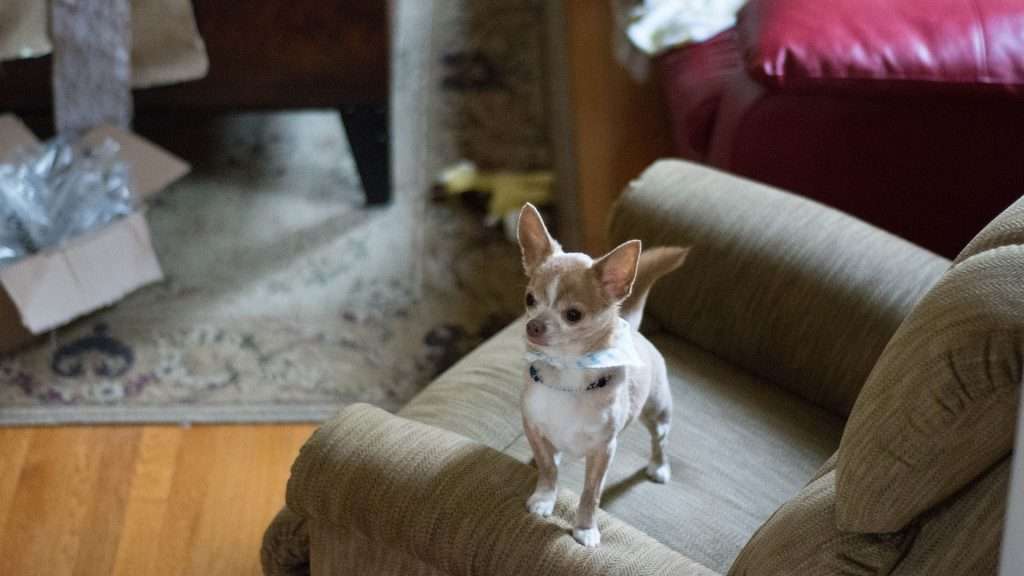
Once your puppy has started to settle into daily life, it’s time to gently introduce them to the wider world.
Early socialisation is one of the most important parts of development, shaping how your puppy reacts to new experiences for years to come.
The aim isn’t to expose them to everything at once, it’s to help them feel calm, safe, and curious about the world around them.
Introducing New People and Environments
Invite friends or family to meet your puppy one at a time. Keep introductions relaxed and quiet so your puppy can approach at their own pace. Try a gradual approach:
- Begin in familiar surroundings such as your living room or garden.
- Encourage visitors to sit calmly and let your puppy investigate.
- Reward gentle sniffing, tail wags, or relaxed behaviour with praise or a treat.
When they’re ready, begin short adventures , a walk down the pavement, time in the garden, or a calm car ride.
Positive Experiences Around Other Dogs
Meeting other dogs is a key part of building social confidence, but it’s best done with care. Choose calm, friendly dogs that are fully vaccinated and well behaved.
Keep introductions safe and stress-free:
- Meet on neutral ground where neither dog feels territorial.
- Keep leads loose and body language relaxed.
- Allow time to sniff, observe, and move away if needed.
If your puppy seems shy or uncertain, don’t force interaction. Stay positive, speak softly, and praise calm behaviour.


Introducing a Puppy to an Existing Dog or Cat
First impressions between pets can shape their long term relationship, so go slow and manage expectations.
If you already have a dog
Introduce them in a neutral space like the garden or a nearby field. Keep both on loose leads and let them approach naturally. Watch body language, relaxed tails, soft eyes, and sniffing are good signs.
If you have a cat
Let the cat lead the pace. Begin with scent swapping, rub a cloth on each animal and let them smell it before meeting face to face. Use barriers like stair gates at first so they can see and smell each other safely.
Patience and calm energy are key. Reward both animals for relaxed behaviour and never force an interaction. It may take a few days or a few weeks, either is perfectly normal.
Encouraging Independence
As your puppy grows more confident, teach them that being alone is safe and normal. Independence prevents separation anxiety and builds emotional balance.
Start small, leave the room for a few minutes, then gradually increase the time apart.
Make it positive:



Over time, your puppy will learn that quiet moments alone are just another part of daily life.
The Long-Term Benefits
Puppies that are calmly and positively socialised grow into adaptable, confident dogs. They’re more at ease in new environments, friendlier with people and other dogs, and less likely to react fearfully when faced with the unknown.
Investing time in social confidence now creates a dog that thrives, not just at home, but everywhere life takes them.
 Health and Vet Care for Puppies
Health and Vet Care for Puppies

Good health care during the early weeks builds the foundation for a strong, happy life. Your puppy depends on you to guide them through their first vet visits, vaccinations, and check ups. Getting into good habits now makes ongoing care simple, and helps your puppy feel comfortable being handled and examined.
Scheduling the First Vet Visit
Your puppy’s first vet visit is one of the most important milestones. Try to book an appointment within the first few days of bringing them home. During this visit, the vet will:
- Listen to their heart and lungs.
- Check their eyes, ears, and teeth.
- Discuss vaccination and parasite treatment plans.
It’s also a great time to ask questions about feeding, microchipping, neutering, or general health.
Remember to bring any breeder or rescue paperwork, vaccination records, microchip information, and details about their current food. These help your vet tailor advice to your puppy’s exact needs.
Top Tip – Keep all vet records together in a small folder, it makes future visits quick and easy.
 Grooming and Handling Basics for Puppies
Grooming and Handling Basics for Puppies

Early grooming helps your puppy grow into a relaxed, confident dog who enjoys being handled.
These first experiences should be calm, positive, and short. Gentle routines not only build trust but also help you notice small changes in their skin, coat, or body that might need a vet’s attention.
Getting Your Puppy Comfortable with Touch
Puppies learn through gentle repetition. Handle them daily, stroke their ears, paws, and tail so they become used to being touched in different areas. Keep it relaxed, and always end with praise or a small treat.
A few minutes every day works wonders. It makes nail trims, vet checks, and grooming easier later on, and teaches your puppy that human touch means comfort, not stress.
Brushing and Coat Care
Brushing is more than just keeping your puppy looking tidy, it helps circulation, spreads natural oils, and strengthens your bond.
- Start with a soft puppy brush and let them sniff it before you begin.
- Brush gently in the direction of hair growth, using calm strokes.
- Keep sessions short; most young puppies only need a few minutes.
Finish with a cuddle or treat so they associate brushing with something enjoyable. Over time, you can gradually make sessions longer as they become more comfortable.
Bathing and Cleanliness
Bathing doesn’t need to be frequent, but it does need to be gentle. Use a puppy-safe shampoo, warm (not hot) water, and plenty of reassurance. Speak softly, keep movements slow, and reward them for staying calm.
Towel drying is usually best for young dogs, it is quieter and less intimidating than a hairdryer. Our Cosy Hood Dog Towel is perfect for drying puppies. Bath time is also a good moment to check their skin for irritation or signs of fleas.
Nail, Teeth, and Ear Care
Think of these as quick maintenance checks rather than long tasks.
- Touch your puppy’s paws during quiet moments so nail trims feel normal later.
- Introduce tooth brushing with a puppy toothbrush and dog toothpaste a few times a week.
- Look inside their ears once a week; wipe gently if needed and watch for redness or unpleasant smells.
Keeping these routines calm and consistent makes them easy habits for life.
 Nutrition and Feeding
Nutrition and Feeding
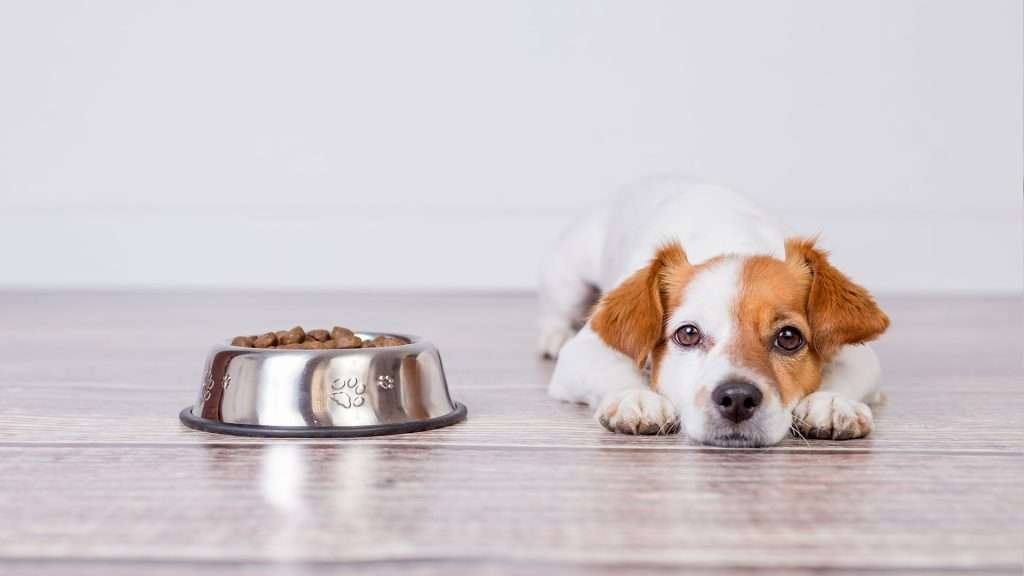
Good nutrition is the foundation of your puppy’s health, growth, and happiness.
With so many options on the shelves, choosing the right food can feel overwhelming, but understanding what to look for, and how to feed them makes everything easier.
Understanding Puppy Nutrition
Your puppy’s diet needs to support rapid growth, healthy joints, and brain development. Look for foods that include:




Top Tip – Avoid foods with vague ingredients like ‘meat derivatives’ or excessive fillers. Transparency on the label is always a good sign.
A balanced diet means steady growth, better digestion, and a shiny, healthy coat.
How and When to Change Puppy Food
Sometimes, you may need to switch your puppy’s food, perhaps to a different brand or recipe. The key is doing it gradually to avoid stomach upsets.
Here’s a simple five day transition:
Day 1–2 – 75% old food, 25% new food.
Day 3–4 – 50/50 mix.
Day 5 – 25% old food, 75% new food.
Day 6 onward – Fully new food.
Always keep an eye on their appetite, stool consistency, and energy levels during the change. If your puppy shows any discomfort, slow down the process and give their tummy time to adjust.
Healthy Puppy Treats and Training Rewards
Treats are an essential part of training and bonding, but portion control is vital, too many can unbalance your puppy’s diet.



Soft, bite sized rewards work best for quick reinforcement during training. And remember, praise, affection, and playtime can be just as motivating as food.
Recognising Food Allergies and Sensitivities
Just like people, some puppies develop sensitivities to certain foods. Common triggers include beef, dairy, wheat, or chicken.
Watch for signs like:
- Itchy skin or constant scratching.
- Red, irritated ears.
- Loose stools or frequent gas.
- Loss of appetite or visible discomfort after meals.
If you notice any of these, speak to your vet about an elimination diet or allergy test. Identifying the problem early keeps your puppy happy, healthy, and comfortable.
Homemade Puppy Meals and When to Avoid Them
It can be tempting to prepare meals at home, but puppies have specific nutritional needs that can be tricky to meet without expert advice.
Home cooked meals can work if they are created with guidance from a vet or canine nutritionist. Without careful balance, it’s easy to miss vital nutrients such as calcium, zinc, or essential fats.
Homemade meals can be useful for:
- Puppies with allergies that require tailored diets.
- Short term feeding alongside vet approved supplements.
Avoid them when:
- Recipes come from unreliable online sources.
- You are unsure how to meet your puppy’s full nutritional needs.
In most cases, a complete commercial puppy food offers all the nutrients they need in the right proportions, making it the safest and simplest choice for new owners.
 Health and Growth
Health and Growth

Keeping your puppy healthy is about more than vet visits. It’s about understanding their growth, noticing changes early, and building habits that set them up for a strong and happy life.
Tracking Growth and Weight
Every puppy grows at their own pace, but regular check-ins help make sure they’re developing properly. Weigh your puppy once a week and note it down, steady, gradual weight gain is ideal.
A few simple checks:
- You should be able to feel their ribs easily but not see them.
- Their waist should be visible when viewed from above.
- Puppies should feel lively, alert, and full of curiosity.
If weight gain stalls or suddenly increases, speak to your vet. Overfeeding can lead to joint issues later in life, while underfeeding can slow healthy development.
Top Tip – Keep a growth chart on your fridge or phone, it’s an easy way to track progress and spot trends early.
Microchipping and Identification
Microchipping isn’t just a smart idea, it’s a legal requirement in the UK. Your puppy must be microchipped by eight weeks of age, with your up to date contact details stored on the national database.
A microchip gives peace of mind that, if your puppy ever goes missing, they can be traced back to you quickly. Alongside the chip, make sure your puppy’s collar includes a tag with your surname, postcode, and contact number.
Little details like these make a huge difference when it matters most.
Spaying and Neutering
Deciding when to spay or neuter your puppy is a personal choice that depends on breed, size, and individual development.
Generally, vets recommend the procedure once your puppy reaches sexual maturity, which can be between six and twelve months. Potential benefits include:
- Reduced risk of certain cancers and infections.
- Fewer behavioural challenges related to hormones.
- Preventing unplanned litters and health complications.
Your vet will help you decide the best time based on your puppy’s health and lifestyle.
Choosing the Right Vet
Finding a vet you trust makes all the difference. Look for a clinic that feels welcoming, communicates clearly, and offers a good out-of-hours service.
When you visit, notice how your puppy reacts , calm staff, quiet waiting areas, and gentle handling all help create positive associations for future check-ups.
Keep a list of emergency contact numbers and the nearest 24 hour practice just in case you ever need them. Preparation brings peace of mind.
Recognising Early Signs of Illness
Even healthy puppies can have the occasional off day, but learning to spot small changes helps you act before problems develop.
Watch out for:
- Persistent tiredness or lack of interest in play.
- Changes in appetite or drinking habits.
- Coughing, sneezing, or breathing that sounds heavy.
- Diarrhoea, vomiting, or unusual stools.
If something doesn’t feel right, trust your instincts, you know your puppy best. A quick vet visit can often prevent bigger issues down the line.
Top Tip – Good health starts with daily observation, balanced feeding, regular exercise, and plenty of love. Every moment you invest now builds the foundation for a strong, happy adult dog.
 Training and Behaviour
Training and Behaviour
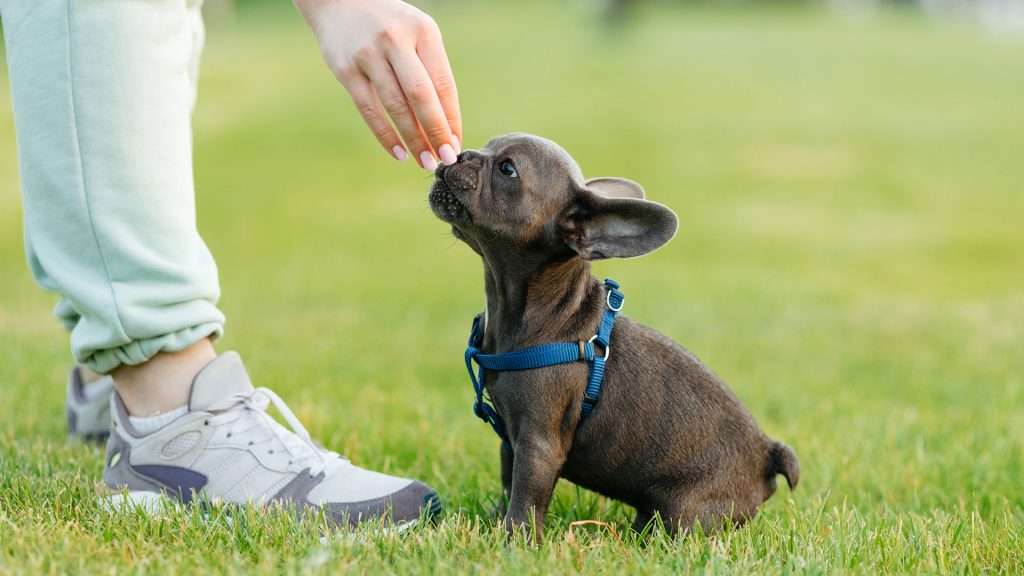
Training your puppy is about building understanding, not control. The early months are when good habits form, and consistency, patience, and positive reinforcement make all the difference. Every lesson, even the small ones, shapes how your puppy thinks and behaves as they grow.
Stopping Biting and Nipping
Puppies explore the world with their mouths, but biting is one behaviour you’ll want to manage early.
Here’s how to guide them gently:
- Redirect their attention with a chew toy whenever they bite your hands or clothes.
- Say ‘no’ calmly or let out a short yelp, it mimics how their littermates would signal discomfort.
Reward them when they switch to an appropriate toy.
Top Tip – Keep a few chew toys nearby at all times. Teething discomfort is real, and providing something safe to gnaw on makes a huge difference.
Patience pays off, over time, your puppy will learn what’s okay to bite and what isn’t.
Handling Toilet Training Setbacks
Even when things are going well, accidents happen. Puppies are still learning bladder control, and setbacks are normal.
If your puppy has an accident indoors, clean it up quietly and move on, never scold or punish. Instead, praise them enthusiastically whenever they go in the right place. And remember to:
- Take them out after naps, play, meals, or excitement.
- Use the same outdoor spot to reinforce the habit.
- Stay patient; progress can take weeks, not days.
Consistency and calm reactions build trust, and trust is the foundation of all good training.
Teaching Calmness and Patience
A calm puppy is a confident puppy. Teach patience in small doses throughout the day, before meals, before walks, or while waiting at the door.
Ask for a ‘sit’ before giving food or putting on their lead. This teaches them that calm behaviour brings rewards.
Over time, your puppy will start offering calmness naturally, which makes every part of life, from grooming to vet visits much easier.
Positive Reinforcement that Works
Puppies learn best when good behaviour brings good things. Positive reinforcement builds trust and helps your puppy understand what you want without confusion or fear.

Small, tasty treats given immediately after the behaviour.
Gentle praise in a happy tone.
A short game or toy if food isn’t their thing.

Remember – Timing is key. Reward your puppy the moment they do the right thing so they connect the action with the reward.
Understanding Puppy Body Language
Learning how your puppy communicates makes training smoother and strengthens your connection.
Common signs and what they mean:




Once you learn their cues, you’ll find it easier to guide them with empathy rather than correction.
 Emotional Bonding and Milestones
Emotional Bonding and Milestones

Raising a puppy is about more than training and routines, it’s about connection. The bond you build during these early months will shape the way your dog trusts, listens, and looks to you for reassurance throughout their life.
How to Build Trust with Your Puppy
Trust grows through patience, predictability, and calm energy. Your puppy is learning the world from scratch, and you are their safe place in it.
Simple ways to build trust:
- Stick to a steady routine so your puppy knows what to expect.
- Use a calm, consistent tone when speaking to them.
- Handle them gently during grooming, feeding, and training.
- Reward good behaviour generously, trust thrives on positive experiences.
Top Tip – Never rush a nervous puppy. Give them time to approach, explore, and interact at their own pace. Confidence can’t be forced, it’s earned through consistency and kindness.
Dealing with the Post Puppy Blues
It’s completely normal to feel overwhelmed after bringing a puppy home. Between the sleepless nights, accidents, and constant supervision, the reality can feel different from the dream.
You’re not doing anything wrong. Adjustment takes time, for both of you.
To make things easier:




The early weeks can be tiring, but they are also the foundation for a lifelong bond. The sleepless nights fade quickly, and what remains is a loyal, loving companion who trusts you completely.
🐶 Final Thoughts

Bringing a new puppy home is one of life’s most joyful experiences, but it’s also a time of learning, for both of you. The first few weeks lay the groundwork for everything that follows, from trust and routine to confidence and lifelong habits.
Patience, structure, and plenty of love are the real essentials. There will be moments of chaos, laughter, and the odd puddle on the floor, but each day brings progress as your puppy begins to understand that they are safe, loved, and part of your family.
Every moment you invest now builds the foundation for a happy, confident companion who will bring love and loyalty for years to come.
So take it slow, enjoy every milestone, and remember, these first days together are the start of something truly special.
If you want to make those early weeks even smoother, explore our range of Puppy Welcome Packs and get your new puppy their first presents.

